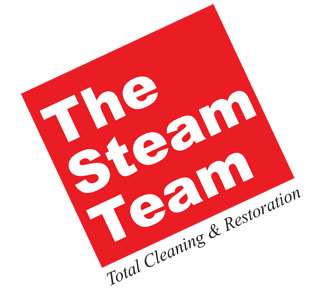Rebuilding Lives After a Fire: A Comprehensive Guide on What to Do After a House Fire
/House Fire Austin texas
A house fire is a devastating event that can leave families feeling overwhelmed, vulnerable, and uncertain about the future. In the aftermath of such a tragedy, knowing what steps to take is crucial for starting the process of recovery and rebuilding. This comprehensive guide offers a roadmap for what to do after a house fire, providing practical advice, emotional support, and resources to help individuals and families navigate the challenging journey toward restoration.
**1. Ensure Safety First: The safety of you and your loved ones is paramount. After a house fire, make sure everyone is safe and accounted for. If you haven’t already, contact emergency services to report the fire and ensure that the site is safe to enter.
**2. Wait for Clearance: Before re-entering your home, wait for clearance from the fire department or relevant authorities. Fires can cause structural damage, making the building unstable. Professionals need to assess the safety of the structure before anyone can enter.
**3. Contact Your Insurance Company: Notify your insurance company about the fire as soon as possible. Your insurance agent can guide you on the steps to take, including filing a claim and documenting the damage. Be thorough in providing information and photographs to support your claim.
**4. Document the Damage: Take photographs and videos of the damage for insurance purposes. Document every affected area and item, even if it seems minor. This documentation will be essential during the claims process.
**5. Secure Your Property: Secure your property to prevent further damage. Board up windows, doors, and any other openings. Cover damaged areas with tarps to protect against the elements. This temporary protection is crucial until permanent repairs can be made.
**6. Contact Restoration Professionals: Reach out to reputable restoration and cleaning professionals. They can assess the damage, provide estimates for repairs, and help salvage belongings. Restoration experts can also assist in cleaning and deodorizing your home, mitigating the effects of smoke and soot.
**7. Coordinate Temporary Housing: If your home is uninhabitable, arrange for temporary housing for you and your family. Contact local emergency services, community organizations, or your insurance company for assistance in finding suitable temporary accommodations.
**8. Address Immediate Needs: Contact your local Red Cross, religious organizations, or community groups for immediate assistance with necessities like food, clothing, and toiletries. These organizations often provide emergency relief to families affected by disasters.
**9. Replace Important Documents: Lost documents, such as identification cards, passports, and insurance policies, need to be replaced. Contact the relevant authorities to obtain new copies. Keep a record of all communication and transactions related to document replacements.
**10. Seek Emotional Support: Coping with the aftermath of a house fire can be emotionally challenging. Reach out to friends, family, or mental health professionals for emotional support. Many communities offer support groups for disaster survivors, providing a safe space to share experiences and feelings.
**11. Dispose of Damaged Items: Dispose of items that are beyond salvage or repair. Be cautious while handling damaged materials, especially those contaminated by chemicals or hazardous materials. Follow local guidelines and regulations for disposing of damaged items safely.
**12. Plan for Rebuilding: Work with contractors and architects to assess the structural integrity of your home. Plan the rebuilding process, considering necessary repairs, renovations, and safety upgrades. Obtain multiple quotes and select professionals who are experienced in fire damage restoration.
**13. Address Water and Utilities: Contact utility companies to disconnect services temporarily. Address any water damage promptly to prevent mold growth. Restoration professionals can assess and mitigate water damage in your home.
**14. Coordinate with Fire Investigators: If necessary, coordinate with fire investigators to determine the cause of the fire. This information may be required by your insurance company and can provide closure regarding the incident.
**15. Stay Organized: Keep all documentation related to the fire, including communication with insurance companies, contractors, and service providers, in one organized folder. Having a record of your interactions can help streamline the recovery process.
**16. Prepare for the Future: Consider fire safety measures for your new home. Install smoke alarms, fire extinguishers, and consider a home sprinkler system. Educate your family about fire safety and create a fire escape plan to ensure everyone knows what to do in case of an emergency.
Conclusion: Recovering from a house fire is a challenging journey that requires patience, resilience, and support from various sources. By taking these practical restoration steps, seeking emotional assistance, and staying organized, individuals and families can gradually rebuild their lives and homes after the flames have been extinguished. While the process may be arduous, the strength and determination displayed during these challenging times can lead to a new beginning, reminding everyone that even in the face of adversity, hope and recovery are possible.For quality restoration Austin give us a call.







